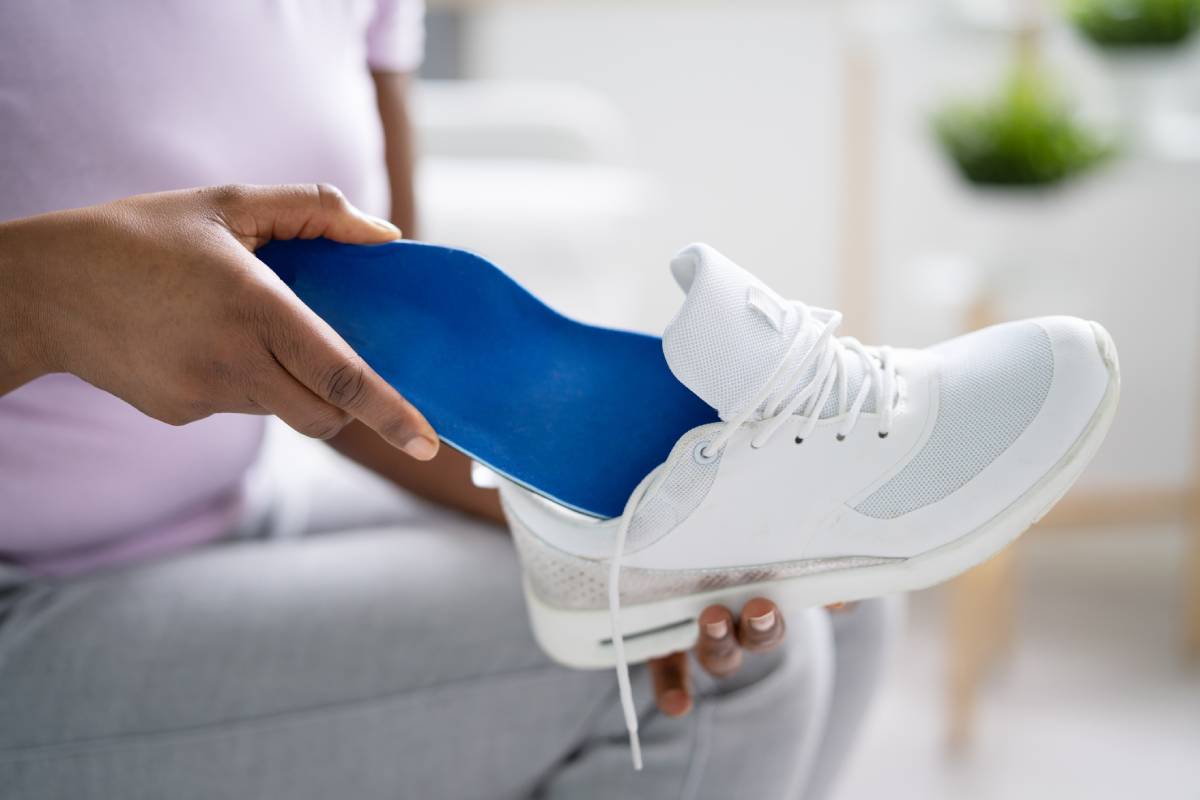Navigating the complicated world of healthcare costs can be tricky, and understanding what is and is not covered by insurance is essential. If you require custom orthotics to address a foot issue, a natural question frequently arises: Are orthotics covered by insurance? Unfortunately, the answer is not black and white. Insurance coverage can vary depending on several factors, including your insurance plan, the orthotic prescribed, and the medical necessity of the orthotics. Today, we will discuss the factors that determine if your insurance will cover the cost of orthotic insoles.
Does Your Insurance Cover Orthotics?
Navigating healthcare often feels like traveling a long, winding road. On its own, it can leave you feeling overwhelmed and frustrated. When questions about insurance coverage are added to the mix, more uncertainties (and headaches) are almost guaranteed.
Most insurance plans will provide partial or full coverage for custom orthotics. Still, various individual factors will influence how much coverage a person is likely to receive for their orthotics. To better understand the factors related to insurance coverage and orthotics, it is important to discover the types of orthotics available.
Types of Orthotics
Orthotics are devices used to reduce the symptoms related to foot and ankle conditions. There are a variety of over-the-counter orthotic devices used to target these symptoms, but your podiatrist may recommend a custom device if your foot misalignment is severe.
Orthotics can consist of shoe inserts, ankle braces, and custom devices. For mild symptoms, it is typical for over-the-counter devices to be recommended. If your symptoms persist or worsen, your podiatrist may transition you to a custom device.
Orthotic Devices:
- Foot pads are small pads inserted into your shoe to offer a cushion between your foot and the sole of your shoe.
- Heel liners are small cushions placed at the heel of your foot to provide extra cushion and support.
- Insoles consist of shoe inserts designed to support and cushion your feet.
- Arch supports provide extra support to your natural arch.
- Ankle braces are applied before your shoe and offer ankle support. These are often recommended in cases of tendonitis.
Custom Orthotics
Custom orthotics are specially designed by your podiatrist using an impression created from a step-in, plaster mold or by composing a 3D image from a computerized analysis.
Two main types of custom orthotics:
- Functional- Made from a semi-rigid material such as graphite, carbon fiber, or plastic. They are used to reduce pain and discomfort by controlling how your foot ambulates. This is a common orthotic prescribed for shin splints.
- Accommodative – These custom orthotics are specially molded for support and cushion. They are composed of flexible soft materials and are commonly used to help in the treatment of diabetes-related foot ulcers.
Orthotics and Insurance Coverage
In most cases, insurance will cover orthotics either partially or in full. Some plans even cover orthotic shoes, bracing, and compression clothing. It is more likely that your orthotic device will be covered if you carry employer-sponsored insurance. However, Medicare B covers 80% of the cost of orthotic devices if your need is related to diabetes or severe foot disease. The best way to determine if your insurance plan covers custom orthotics is by calling your provider and discussing your policy coverage and limitations with them.
Requirements for Insurance-Covered Orthotic Devices
- The first step to determine if your orthotic falls under your policy’s coverage is to obtain a diagnosis from a medical professional.
- Next, your physician, typically a podiatrist, will prescribe a suitable orthotic device.
- Your medical team will describe the raw materials necessary to create the device.
- Finally, a Biomechanical Gait Analysis report will be submitted to your insurance provider.
Common Foot Problems That Require Custom Orthotic Devices
- Bunions
- Corns and calluses
- High arch feet
- Flat feet
- Tendonitis
- Forefoot pain
- Hammertoes
- Mortons Neuroma
- Plantar Fasciitis
- Patellofemoral pain syndrome
- Sprained ankle
- Stiff big toe
Signs You May Need Orthotics
Some ailments requiring orthotics are more subtle than others. Knowing if you would benefit from the use of an orthotic device can be challenging. There are some signs you can be aware of that could indicate you need an orthotic device:
- Foot pain and swelling after engaging in day-to-day activities.
- Heel pain, especially in the morning. This can be indicative of plantar fasciitis.
- Pain or inward rolling feet. This can be a sign of flat feet or high arches.
- Balance difficulties or falls. This could indicate collapsed arches.
- Wear and tear on your shoes is uneven.
- Gait abnormalities (typically those that are the result of a leg injury)
- Foot complications relating to diabetes.
Conclusion
Insurance is a maze, and understanding what assistive devices your plan covers can be tricky. The best way to determine if your plan will cover your orthotic devices is to contact your provider and gather information related to orthotics. An agent can provide you with the details of your policy and outline any requirements or limitations. Schedule an appointment with a podiatrist today to discover if orthotics can help give you a better quality of life.


